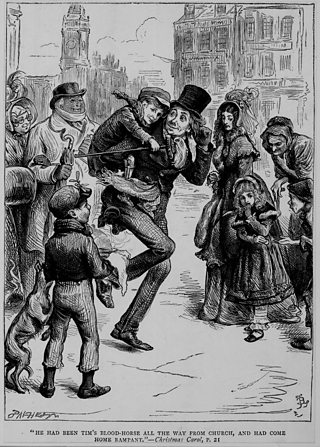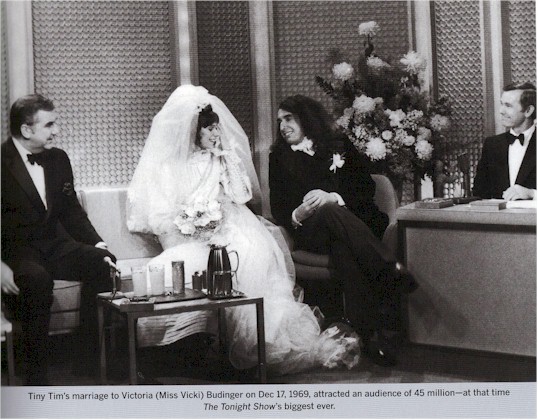
“I was so thrilled to be in their company,” he told me when we met a decade and a half later. There, he was fully in his element: singing for-and fantasizing over-the lesbian women he adored.

Tiny was booked at the Fat Black Pussycat, then finally found a home at the Page Three, a popular gay bar on Seventh Avenue and West 10th Street. It was during this time that Tiny also performed with embattled comedian, social critic and satirist Lenny Bruce, who became a devoted friend and fan. With his reputation growing, Tiny continued to make the rounds of the Village clubs. Tiny was making a name for himself in the underground New York City arts/nightclub scene. Soon after the Living Theater appearances, Tiny was favorably reviewed in the New York Times, featured in the Village Voice, made some outlandish appearances in a couple of experimental indie films and was the subject of recordings made by Mekas and others. “Tiny would stand up in the audience before a performance and spontaneously break into a song,” Mekas once recalled to me, after proclaiming to me that he was Tiny’s first “agent.” “He never stepped out of character.” The Living Theater is also where Tiny met avant-garde filmmaker and Warhol associate Jonas Mekas. “It made no difference to him if he was being ridiculed or appreciated,” wrote Suze Rotolo in her excellent memoir, A Freewheelin’ Time. That was followed by a stint with the Living Theater on 14th Street, where Dylan and girlfriend Suze Rotolo went to see Tiny perform. “Norbert the cook would usually have a hamburger waiting.” “Tiny Tim and I would go in the kitchen and hang around,” wrote Dylan. Tiny found his way down to West Third Street, where he was booked at the Café Bizarre, then across the street at the Third Side, then down the block at the Café Wha?, where, according to Bob Dylan in Chronicles, Volume One, he and Tiny scrounged meals in the venue’s kitchen during Fred Neil’s afternoon sets. They were, by all accounts, distant, dismissive, unsupportive and downright embarrassed of their son’s appearance, peculiar affectations and musical ambitions.Īs the early ’60s rolled around, Tiny made the rounds, performing regularly at Hubert’s Museum and Live Flea Circus, a Coney Island–style freak show in Times Square, where he was billed as the “Human Canary.” Next stop: Greenwich Village, which happened to be in the middle of spearheading a musical and cultural renaissance. Until his big break in 1967, Tiny would live in Washington Heights with his parents-his father Butros, who was Lebanese and the son of a Maronite Catholic priest, and mother Tillie, who was Polish- Jewish and the daughter of a rabbi.

Far from being tiny, at more than six feet tall, playing his diminutive ukulele that he pulled out of an ever-present shopping bag overflowing with old-timey sheet music, and wearing white face makeup, it’s a sure bet he earned some glaring glances on the 1950s New York City subways. He was excessively polite and mannered, with long flowing hair, a fluttering falsetto and a flaming, campy effeminacy.

Through it all, he perfected his vocal and performance skills and refined his singular persona. Tiny went through a litany of stage names, including Larry Love and Darry Dover, before settling on “Tiny Tim”-a shortened version of his then-most-recent moniker Sir Timothy Tims. Growing up with an obsessive, encyclopedic knowledge of recordings from the “acoustical era” (1878 through the 1930s) and inspired by the crooners of that period, he dropped out of school and focused on becoming a performer, emulating his heroes while developing one of the most peculiar images and voices that show business had yet produced. Tiny Tim was born Herbert Khuary in Washington Heights, N.Y., on April 12, 1932. 55 years after its release, Richard Barone tiptoes around the making of Tiny Tim’s trouble-plagued 2nd Album. But, even aside from his bizarreness and inexplicable tendency toward self-destruction, Tiny Tim’s was a kind of fame that would have been impossible for anyone to sustain. His rise was one of the most circuitous, unlikely and sudden in the history of show business. The way the stars aligned for Tiny Tim’s success in 1968 was nothing short of stunning.


 0 kommentar(er)
0 kommentar(er)
